Resolution Revolution
by Diego Parini and Mattia La Torre
What can we see? A journey to discover the CNIS – Interdepartmental research center on nanotechnologies applied to the engineering of Sapienza, from its structure to the microscopes in dialogue with Antonio D’Alessandro and Luciana Dini
Sapienza, CNIS, January 2022. Guided by Antonio D’Alessandro, Director of the Center for Nanotechnologies Applied to Engineering at Sapienza, we enter the center to discover microscopes and nanotechnologies.
Antonio D’Alessandro
- Director, can you tell us why Sapienza needed a research centre on nanotechnologies? Where did it start from?
CNIS, Sapienza Center for Nanotechnologies Applied to Engineering was founded in 2006 by a group of teachers, led by the current Vice-Rector for Research Sabrina Sarto, the first director of the centre. The laboratory of nanotechnology and nanoscience (SNN) has existed for 10 years. In fact, in 2011, the former Rector Frati assigned these spaces to create a laboratory, which was gradually filled with equipment, thanks to projects funded by the University. At the beginning, a network was created between teachers and laboratories to connect groups that dealt with nanotechnologies, to create a critical mass. The Master’s degree course in Nanotechnology Engineering subsequently arose from this community, of which Prof. Rossi is President. An interdisciplinary work that was missing, but above all a structure like the centre, was missing. Sapienza wanted to enhance these collaborations, and therefore we have the honor of managing this structure where physically different lines of research can be carried out. Over the years, various studies have been carried out in these rooms that were part of a building of the Polyclinic, with the aim of creating a structure that was designed and adapted to accommodate this equipment. Both the centre and the technologies used are constantly evolving. There are also other areas that will be acquired by the CNIS, with possible evolution of the laboratory. There is no limit to evolution, but the main effort is to be able to stay ahead and carry out research using these tools.
- Who is this centre for? What impact does the CNIS have on Sapienza research?
The structure involves 16 Departments and belongs to a shared facility at Sapienza, entrusted to the CNIS, always with a sharing approach. Management involves, for example, regulating the use of machinery that is available to Sapienza researchers. We are organised through a steering and technical committee. Within the centre, there are several “sub-laboratories” and each is coordinated by a small group of scientific managers. Participation takes place through departmental membership, and the time for the use of the equipment is acquired. Payment of membership is at the same time a source of financing for the laboratory, for the maintenance and updating of these machines. It must be emphasised that there are many areas to which the centre refers. The hard core is engineering. In fact, there are almost all the engineering departments, in addition to the scientific, physical, chemical and archaeological areas (investigations are carried out on archaeological finds of materials deposited on the finds), medicine (diagnosis and therapies, and some devices are based on the nanometric properties of materials). The set of areas involved highlights the interdisciplinary nature of nanotechnologies and nanoscience.
- Why is it important to study nanotechnologies and what developments do they have on “human-sized” normal life?
It has been understood that different macroscopic properties of materials, optical, mechanical but also electrical, ultimately depend on the nanoscale structure of the materials themselves. For this reason, we are pushed to study nanostructures and then use nanotechnology. Nature brings us an example directly, in some ways, although the nanostructures are artificial. In fact, we recreate them but with inspiration from nature. The color of butterfly wings, distinctly bright and lively, is due to the diffraction of light through nanostructures that make up the surface of the wing. Or the colour-changing chameleon depends on how they manage to modify the surface of their skin at the nanometre scale. Many modern fabrics, such as the so-called microfibres, for example, have specific properties linked to the nanometric structure of the materials that compose them. Nanotechnologies are now an obligatory path for the creation of new materials. Other applications are all structures capable of accumulating energy with the harvesting energy technique, based on nanometric structures. Here, we work a lot with graphene that is used to shield electronic equipment, for example, and is used to create special paints for aircraft, in order not to be polluted by electromagnetic radiation, which is present everywhere. We are immersed in it.
Luciana Dini
Professor Dini, you are Full Professor of Comparative Anatomy and Cytology at Sapienza and have been dealing with microscopy for years. Could you explain why the CNIS is important for biology?
All this highly technological equipment, present at the centre, can be exploited in the best way even for biology. Here at the CNIS, the tools purely dedicated to biology are the APOTOME, and the ultramicrotome, which we will see later. But the presence of such different tools even in the type of applications makes the CNIS project exciting, and useful for biology. There are limitations. Whoever does biological research, dealing with more delicate and more complex materials, especially because it is linked to the concept of life and water, is faced with the “water problem”. In fact, there is a preparatory part for the extremely complex biological part. However, the effort and patience in putting together two different approaches to find the ideal solution to biological questions is bringing excellent results. Along these lines, we are trying to integrate AFM with Microtomography for biological applications – see further information on microscopes (ed). It is simpler, not because it is technically simpler, but because the applications are now consolidated, such as the use of SEM or STEM for biological activities, routine, or not.
Let’s go deeper with the visit and while accompanied by the Director and microscopy experts, we discover the different microscopes present within the CNIS.
AURIGA and STEM
The first instrument that I will show you – explains D’Alessandro next to the Auriga, one of the few that was born inside the centre, around the projects financed by Sapienza and with the contribution of funds from the Lazio Region, which gave us the opportunity to assemble this microscope. This is more than an electron microscope. You see samples at the nanometre scale, of both inorganic and organic nanostructures. Moreover, it is equipped with external modules, subsystems, which allow the realisation of various structural analyses. There are nano-manipulators, and it is possible, to a limited extent, to make nano fabrications. In addition, there is also the Focused Ion Beam module, but for more details on the type of biological and non-biological applications, I refer to Francesco Mura.
Working at the nanometer scale – explains Francesco Mura, Engineer of Materials and Raw Materials and head of the CNIS Microscope Area – means being able to see the cellular ultrastructure in detail down to the nanometer, allowing us to fully investigate what happens to the internal cells, bacteria, and so on. The technology can be applied in many fields, for example, in medicine or in semiconductor research, and it is pushing the analysis of ever smaller structures. Inside the Auriga, there is the Focused Ion Beam module which is used to create cross sections of the inside of a sample, while in images obtained with traditional microscopes you can only see the outside. At CNIS, another tool we use is STEM (scanning and transmission electron microscope), which “sees” through, obviously on a very thin sample, and which works very well in the biological field. In this context, the analyses are somewhat different. Almost all electron microscopes work in a high vacuum. This is done to prevent air molecules from interposing with the movement of electrons, which are the ones that then give you the final image. Hence, a biological tissue must undergo a series of preparations because it cannot be inserted just as it is. In the biological part, there is water, a structural component that must somehow be replaced. To achieve this, various techniques can be applied and, a few years ago, the Nobel Prize was also given to the so-called CRYO TEM, because the cryo allows you to eliminate part of the preparation: you freeze everything in the sample amorphously and analyse it as well.
Director D’Alessandro first spoke about nano-manipulators. What do they allow you to do?
In our centre – continues Mura – we mainly use them in two ways: the first is measurement of electrical contacts, with classic infrared measurements. Since an optical microscope is no longer enough to see the circuit but it is necessary to have SEM (scanning electron microscopes), or even TEM (transmission electron microscopes), which should arrive in the spring and which have higher resolution. The second use is for preparation of samples for TEM, because we work on thicknesses not exceeding 100 nanometres. Therefore, extremely thin sections are required. In the biological field they are prepared with an ultramicrotome, while in the science of materials it is done with a Focused Ion Beam, and with a technique called “lift off” it allows you to use the nano-manipulator to make welds, extract the lamella, place it on the TEM sample holders and then go and observe them by TEM.
Diffractometry and atomic force microscopy
A diffractometer – explains D’Alessandro – allows you to see the reticular structure of which materials are made, through x-ray diffraction, a traditional technique that with photodetectors that captures the signal that crosses the sample, manages to trace the reticular structure, or also ordered on the atomic scale of materials.
The atomic force microscope (AFM), unlike the SEM that manages to enter the sample, is used to study the morphological structure of the surface of samples. The concept is simple. A nano-tip slides over the sample, like the needle of a turntable, mounted on a cantilever on which a laser beam is engraved, which when collimated, is reflected from the surface of the cantilever. By oscillating the cantilever, as the sample flows under the stylus, it moves the reflected beam of the laser, and changes in the reflection beam are recorded. Finally, the signals are decoded to determine the morphology of the surface. There are two AFMs, one of which is incorporated in a chamber where a controlled atmosphere can be created.
X-ray tomograph
This is the latest acquisition of the centre, exactly one year ago – Mura shows the X-ray tomograph, of which you can see a detail on the first page of this article. Trivially, we can define it as a “tac for materials”. The sample, placed on a base, is spun and, for every small degree of movement, X-rays are sent and collected. By collecting all the images, the three-dimensional sample is reconstructed. With subsequent computer analysis, it is possible to analyse the interior of the material, its porosities and highlight parts to study in detail. In practice, you can observe what is present in the centre of the material without breaking it.
TERS (Tip-enhanced Raman spectroscopy)
The TERS machine is an instrument composed of two elements – explains Giancarlo La Penna, PhD student in Mathematical Models for engineering, electromagnetics and nanosciences, Sapienza. One is Raman spectroscopy while the other is an AFM. It is based on the use of these two machines together, allowing enhancement of the Raman effect. It is a very sophisticated machine and very innovative technology.
The Raman effect is an effect deriving from the interaction of light and matter – says Chiara Mancini, also a PhD student in Mathematical Models for engineering, electromagnetics and nanosciences, Sapienza. It is an extremely rare effect because it is an inelastic interaction. A laser beam at certain wavelengths is sent to the sample, which absorbs it and normally re-emits what is absorbed. In the case of the Raman effect, it is re-emitted from the sample at a wavelength that is partially different from that of the origin, and therefore inelastic. The AFM, by concentrating the laser on an extremely small tip, allows to increase the electro-magnetic field sent by the Raman spectroscopy; therefore, locally there is a much stronger response than in traditional Raman.
This is the only tool in this laboratory that allows this type of analysis, namely chemical characterisation at room temperature without vacuum conditions. It is enough to know the type of starting material or the wavelength because the response of the materials to that wavelength is always the same. The answer depends on the material itself, so the characterisation is immediate.
APOTOME
This is a fluorescence microscope with a small upgrade – explains Marco Fidaleo, Researcher at Sapienza. In fact, he mounted what is called a “sled”, which projects a vibrating grid onto the image. This is very useful because it eliminates all the background noise of a possible fluorescence signal. It is important for this reason: imagine two objects in space, but it is not clear whether they are on the same level, or if one is relegated to the other. Here, in biology this is important, because if we see two elements that are on the same level, they interact, on the contrary, when the two elements are moved on two different levels this interaction does not exist. This machine allows us to perform this type of analysis.
Custom-Sapienza
This is a material deposition machine for chemical vapors – the last instrument to be introduced by the Director. It was created to deposit silicon nanowires, but there will also be a second chamber dedicated to carbon nanostructures. With silicon nanowires we are going to modify the gap structures of transistors, whose electrical response changes according to the ability of these nanowires to capture atoms or substances. This is the only equipment capable of creating samples. Usually, we characterise them, because they bring them to us, while this produces them.
Antonio D’Alessandro, Electronic Engineer at Department of Information Engineering, Electronics and Telecommunications of Sapienza University of Rome
Luciana Dini, Biologist at Department of Biology and Biotechnology “Charles Darwin” of Sapienza University of Rome
Francesco Mura, Physical chemist and PhD in Engineering of materials and raw materials at Department of Basic and Applied Sciences for Engineering of Sapienza University of Rome
Chiara Mancini e Giancarlo La Penna, PhD student at Department of Basic and Applied Sciences for Engineering of Sapienza University of Rome
Marco Fidaleo, Biologist at Department of Biology and Biotechnology “Charles Darwin” of Sapienza University of Rome


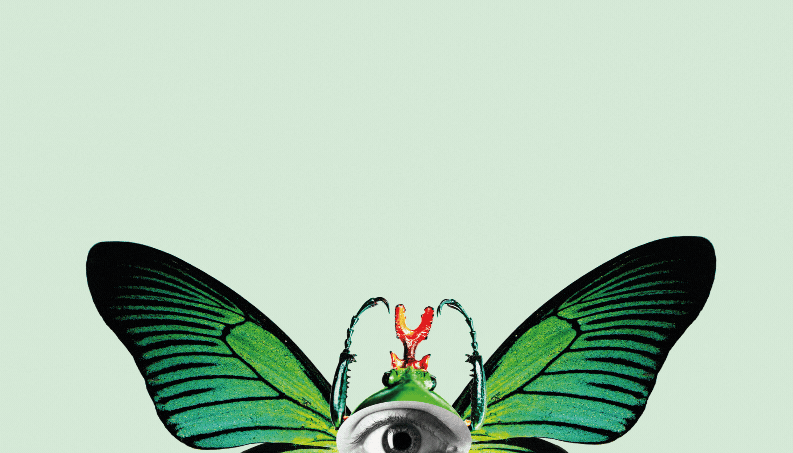


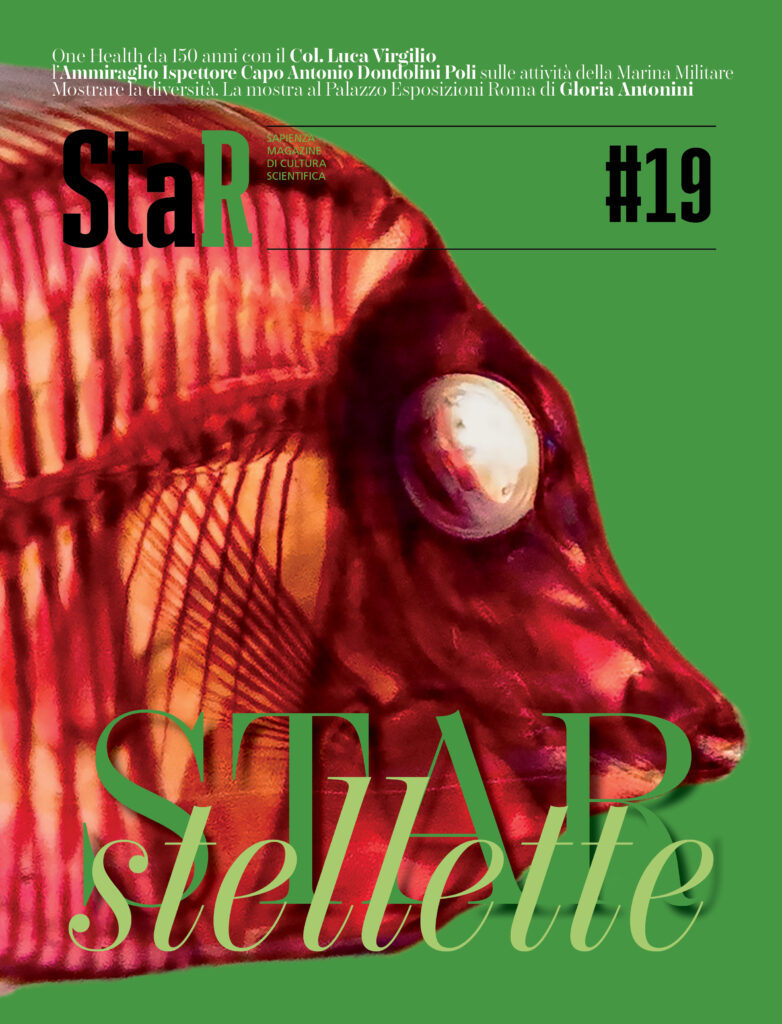





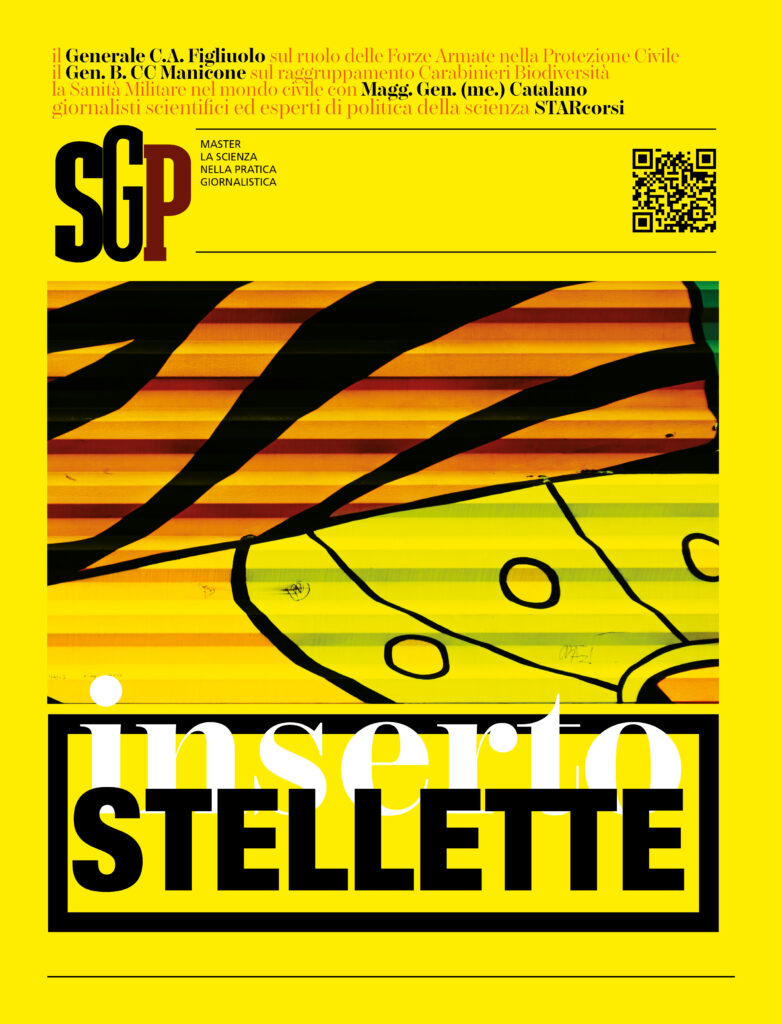

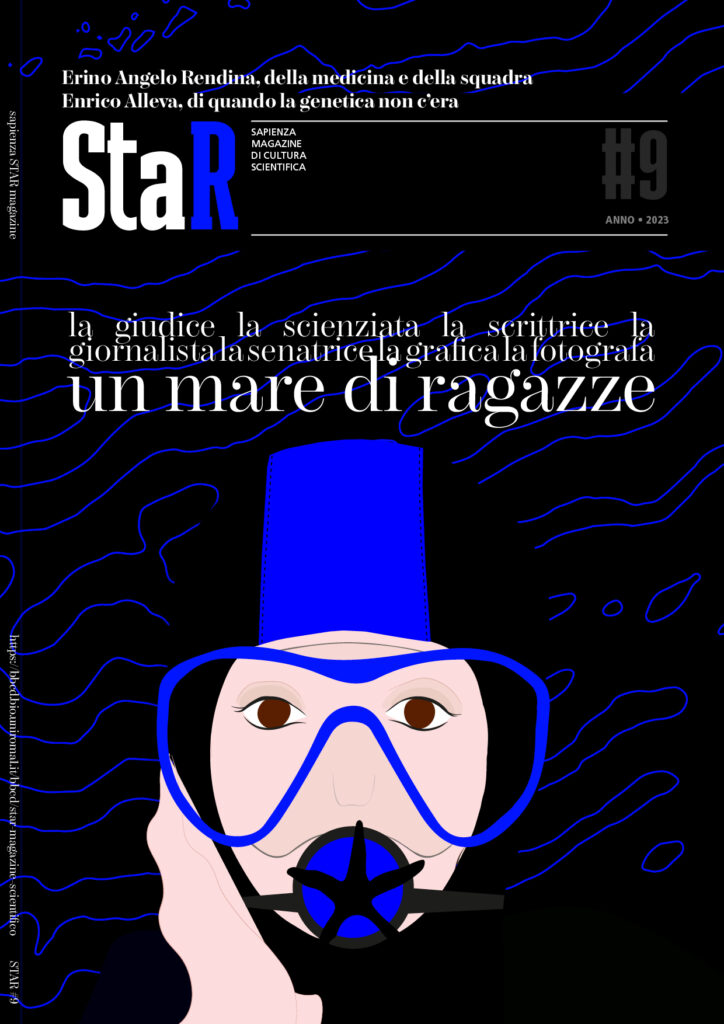
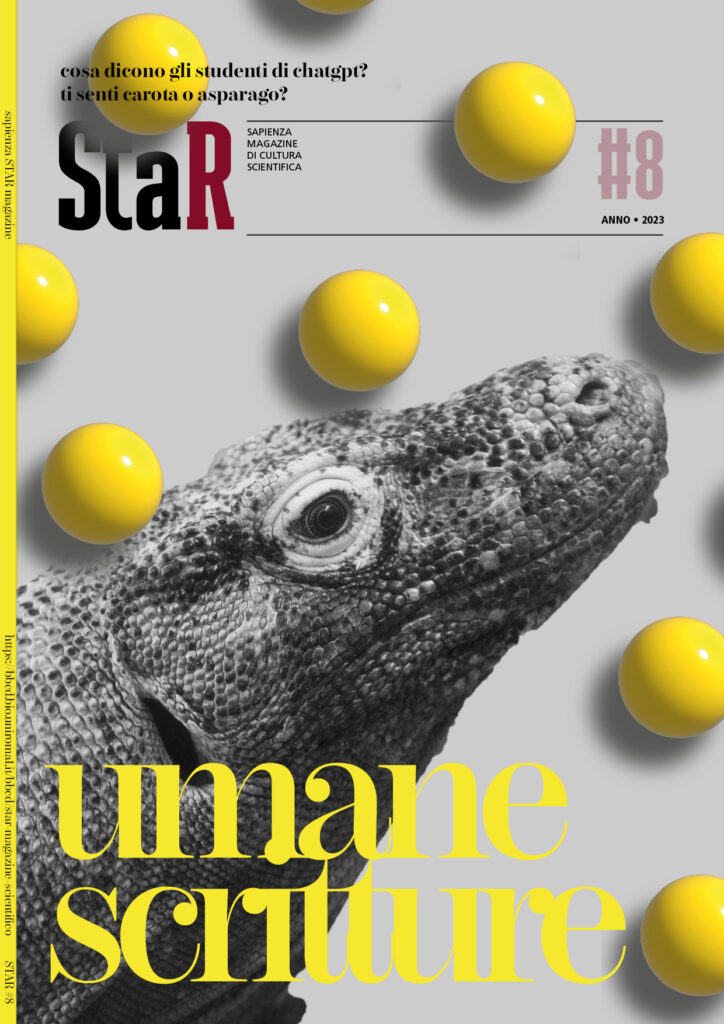
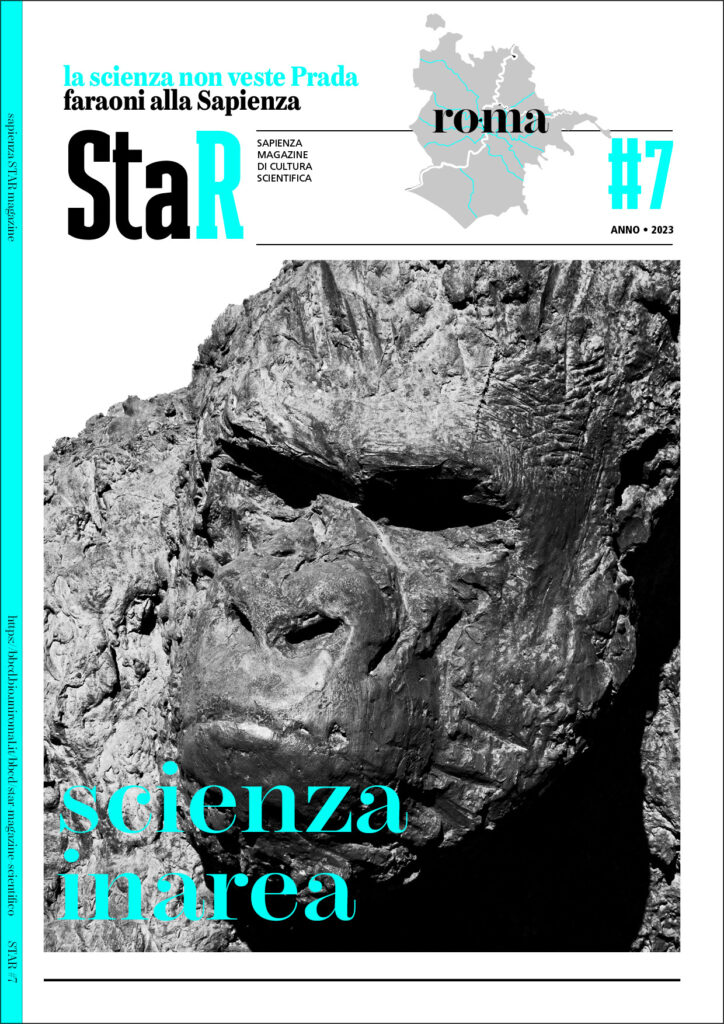

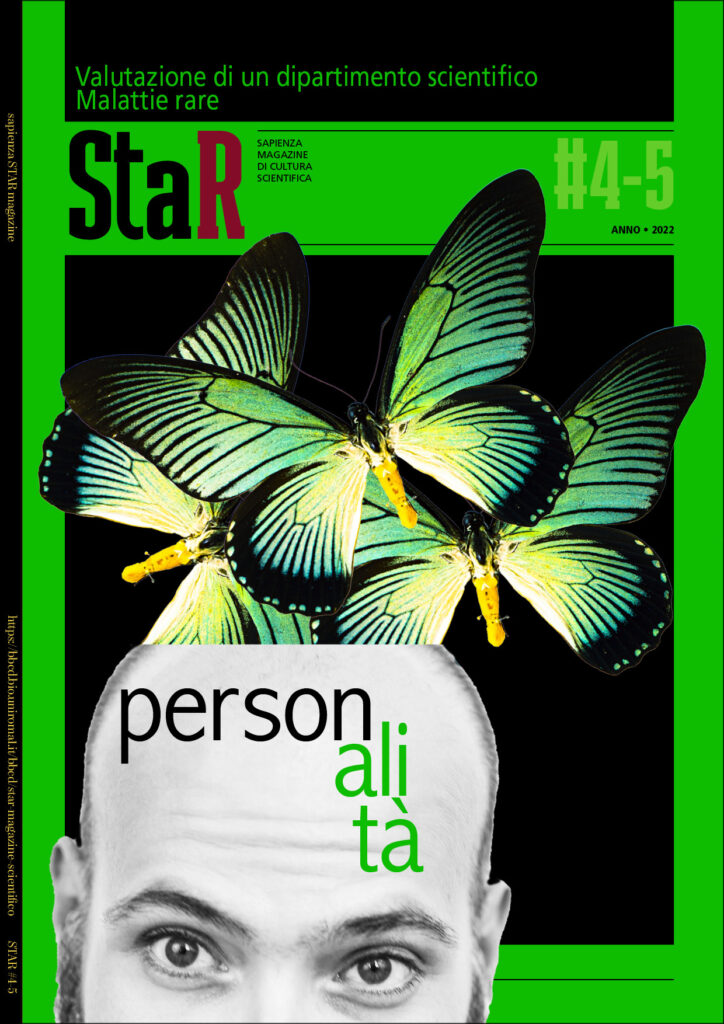

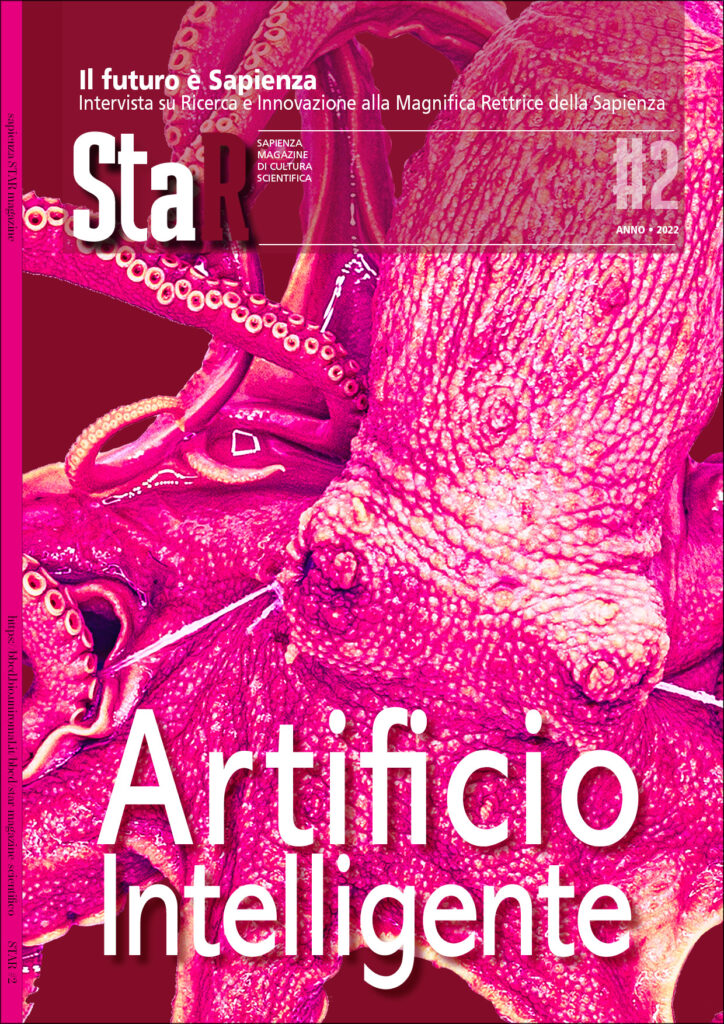

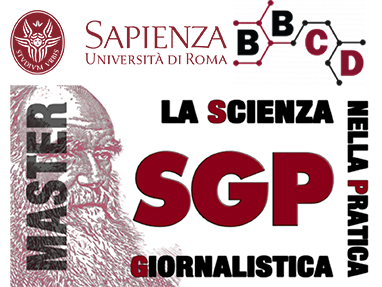
Commenti recenti